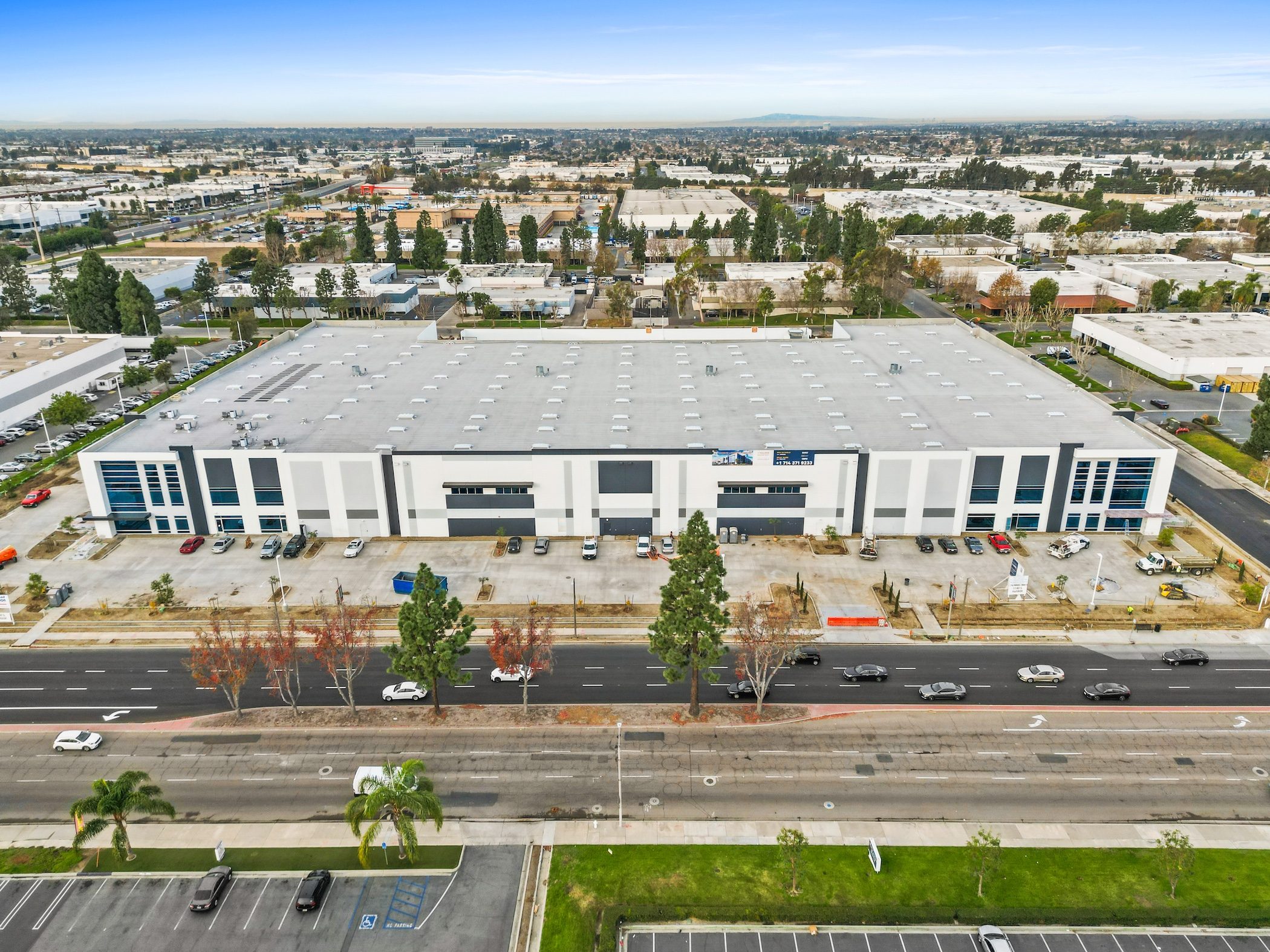How Will the California Wildfires Impact CRE?
DBRS’ Gwen Roush and Seth Weissman of Jeffer Mangels Butler & Mitchell address the impact of such disasters on property owners, lenders and insurers.
This year, California experienced the most destructive wildfires recorded in recent history. The Camp Fire in Northern California has destroyed more than 13,900 residential buildings and 500 commercial properties. At the same time, the Woolsey Fire impacted at least 1500 structures in Thousand Oaks and Malibu, according to data released by Cal Fire.
Gwen Roush, vice president of North American CMBS with DBRS, and Seth Weissman, partner with Jeffer Mangels Butler & Mitchell, provide insights into the impact of the wildfires on commercial real estate. The two tackle the issue from a financial and legislative point of view and share possible risk management solutions.
How do the California wildfires affect the commercial property sector in general? What should we expect to see in the coming months?
Roush: DBRS does not expect there to be a significant impact on the larger commercial property sector with the latest California wildfires. Although both the Camp and Woolsey fires impacted relatively large areas, the bulk of affected structures were single-family homes. Where we could see an impact, however, is in the cost of commercial property insurance as insurers evaluate the costs of reimbursing property owners for losses in areas that become more and more prone to widespread fires. Trends like that have previously been seen with the spike in insurance costs along coastal areas that have had a significant increase in the volume and overall severity of hurricane activity over the last few decades.

Seth Weissman, Partner, Jeffer Mangels Butler & Mitchell (Image courtesy of Jeffer Mangels Butler & Mitchell)
Weissman: For commercial properties, obligations to timely rebuild may be mandated by lenders—which can be a challenge if contractors and materials are not available. Things may be further complicated with respect to damaged properties with loans that are near maturity. Affected owners, among other things, should review their loan documents to comply with applicable lender notice requirements, and to understand lenders’ rights.
On a separate note, those affected by the fires may feel financial constraints that can impact their discretionary spending, which is a negative for certain retail businesses—introduces financial risk to landlords of properties with tenants in those businesses.
How does the current legislation help commercial real estate owners deal with catastrophes? What could be improved/changed when it comes to regulation?
Weissman: Regulation exists at many levels. Each jurisdiction has its own standards for issuing building permits. Properties that have been completely destroyed may be subject to building restrictions that did not exist at the time the buildings were originally constructed. Unsuspecting owners may be surprised by the red tape involved in constructing a new building. Widely affected cities will have to address how they process numerous applications. (…) Each disaster calls for changes in building standards to help reduce or eliminate future similar events. This may include brush clearance requirements, changes in building systems and materials etc.
What can you tell us about the impact of such disasters on the financing sector? How did the wildfires affect the lending environment?
Roush: It is unlikely these disasters will directly impact the lending environment in a significant way over the near term. The effects, however, could be indirect with impacts to property cash flows resulting in lower values and ultimately, lower loan amounts. In addition, if property insurance costs rise measurably, occupancy costs will also increase and it is possible that vacancy rates will also become higher. Smaller businesses may not be able to absorb the additional costs.
Weissman: Lenders are always concerned with financial and physical property risk. If a property is in a “high-risk” area, the lender will generally require special insurance coverage. This is most common for flood zones, but can also apply to seismic and fire risk.
Do you think lenders will review their standards following these events? What needs to change?
Roush: Lenders will likely be looking closely at the insurance policies behind the collateral properties in these areas to ensure there is appropriate coverage in place to account for the increased risk of fire or other natural disaster threat in these areas. If coverage limits were to be increased in the lender’s requirements, costs would go up, reducing the property’s net cash flow, which could mean a lower loan amount if the additional costs are significant.
An area where this could be seen in the light of recent events could be Houston, which experienced significant flooding post-Hurricane Harvey in areas not designated for flood coverage. Lenders making loans in the area could require flood insurance even if the property isn’t located in a flood zone to build a cushion against the risk of a similar event going forward.
What alternatives or solutions do borrowers with at-risk loans have?
Roush: As lenders look to reduce their risk with loans secured by properties in areas more frequently impacted by natural disasters, borrowers may be required to bring more equity to the table to obtain financing or may be required to invest capital into their properties to lessen the impact of damage caused by the disasters most frequently seen in those locations.
How can commercial real estate owners prepare for disasters? What needs to be considered when it comes to risk management?
Weissman: The keys to risk managing for potential disasters are making sure that owners/landlords have appropriate insurance covering their improvements for full replacement cost, and that they have appropriate insurance for rental loss coverage for an extended period of time—preferably two years. The cost of the insurance is generally charged to the tenants. Some tenants object to extended rental loss coverage for the landlord. Even if tenants are unwilling to pay for more than 12 months of such coverage, landlords should consider paying the additional cost to meet debt service requirements.








You must be logged in to post a comment.